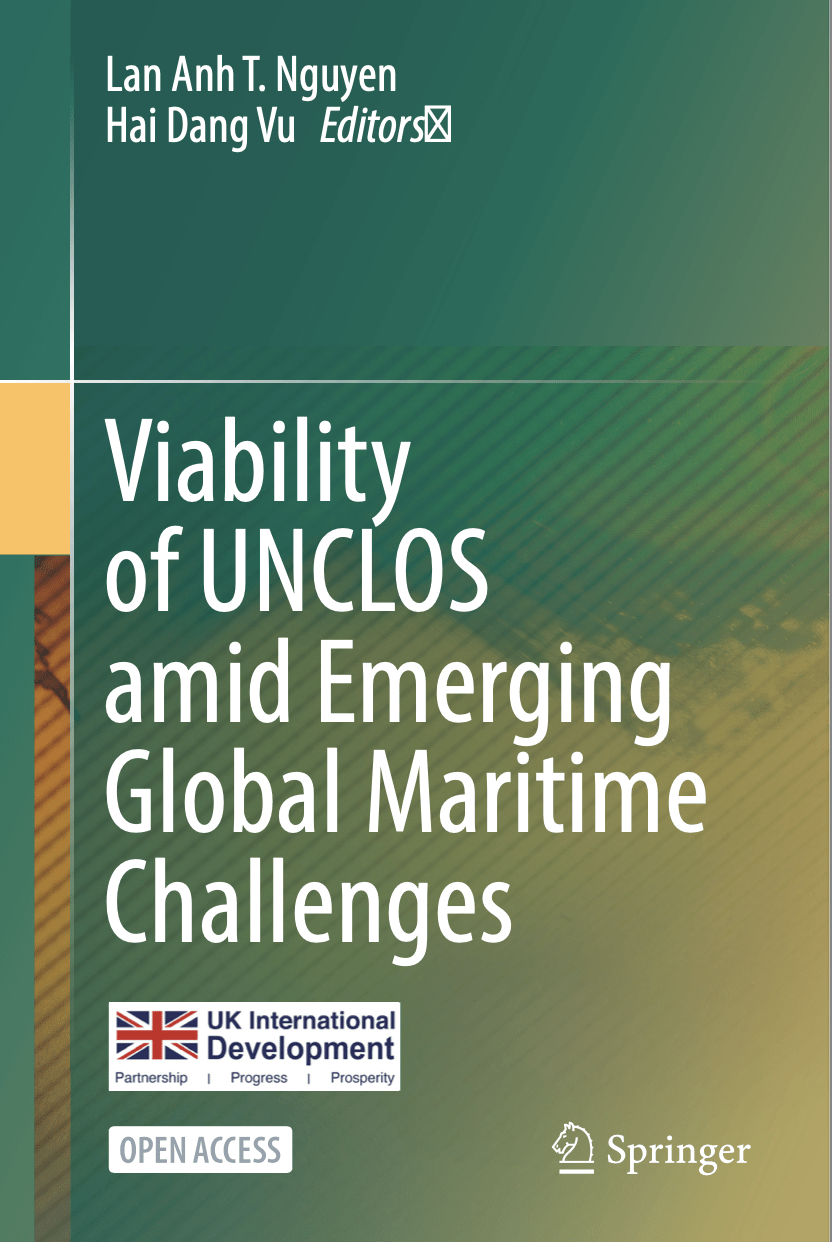The Chinese authorities, too, have had their own millennia-long encounter with fierce steppe tribes on their periphery. The lessons they drew, and their response, were altogether different. To the Chinese, the patient and total destruction of a fundamentally insatiable rival power was futile.
It was cheaper and less destructive to turn their rival’s avarice towards profit rather than war, if it meant thereby preserving their rival’s fragmented political structure too. The tribute system of dynastic China – an “institutionalised protection racket”, as historian Peter C. Purdue put it – was the answer. A modern version of this playbook is evident in the party’s economic dealings with various parties in the West.
More to the point, Kennan’s strategy of containment was premised on Washington remaining the dominant global economic power and using this leverage to exert collective discipline among Western nations in their dealings with Moscow.
In China, by contrast, the US faces a peer whose economy and material capabilities at its government’s disposal will outstrip the US. This would heap a collective problem of the first order on the United States and the West. It will also test a core proposition on which US primacy has rested since the early-20th century: that America could meet the strategic challenge of the day from a position of national strength.
A number of practical deductions ought to follow from the geopolitical standpoint of the Indo-Pacific.
First, a 21st century strategy to cope with the China challenge must be built on realism and objectivity, not ideology and values.
Second, the currency of competition will primarily be economic and technological. The size of China’s market will dictate that Washington embrace a light-touch approach when crafting selective supply-chain decoupling strategies.
Third, assembling and deepening a bipolar coalition of allies and partners will be an arduous task. In strategic competition against China, battles will have to be fought primarily for the loyalties of non-allied regional partners.
Finally, military competition within the island chains of the Western Pacific will remain an inescapable feature of US-China relations. Regions such as the Indian Ocean and the South Pacific, which Beijing deems to be lying beyond the essential anti-access/area-denial range in the event of a conflict involving Taiwan in the first island chain, will remain sideshows.
Containment was a strategy built to box a subversive Moscow into a limited geographic sphere of influence, during which time the seeds of domestic decay would hopefully “find their outlet in either the break-up or the gradual mellowing of Soviet power”.
China is not the old Soviet Union. A new cold war – and the (mis)application of the containment strategy towards Beijing – would be an error of historic proportions.
This commentary was originally released on South China Morning Post on July 30, 2022.





US, China and EU: The race for Greenland’s mineral riches